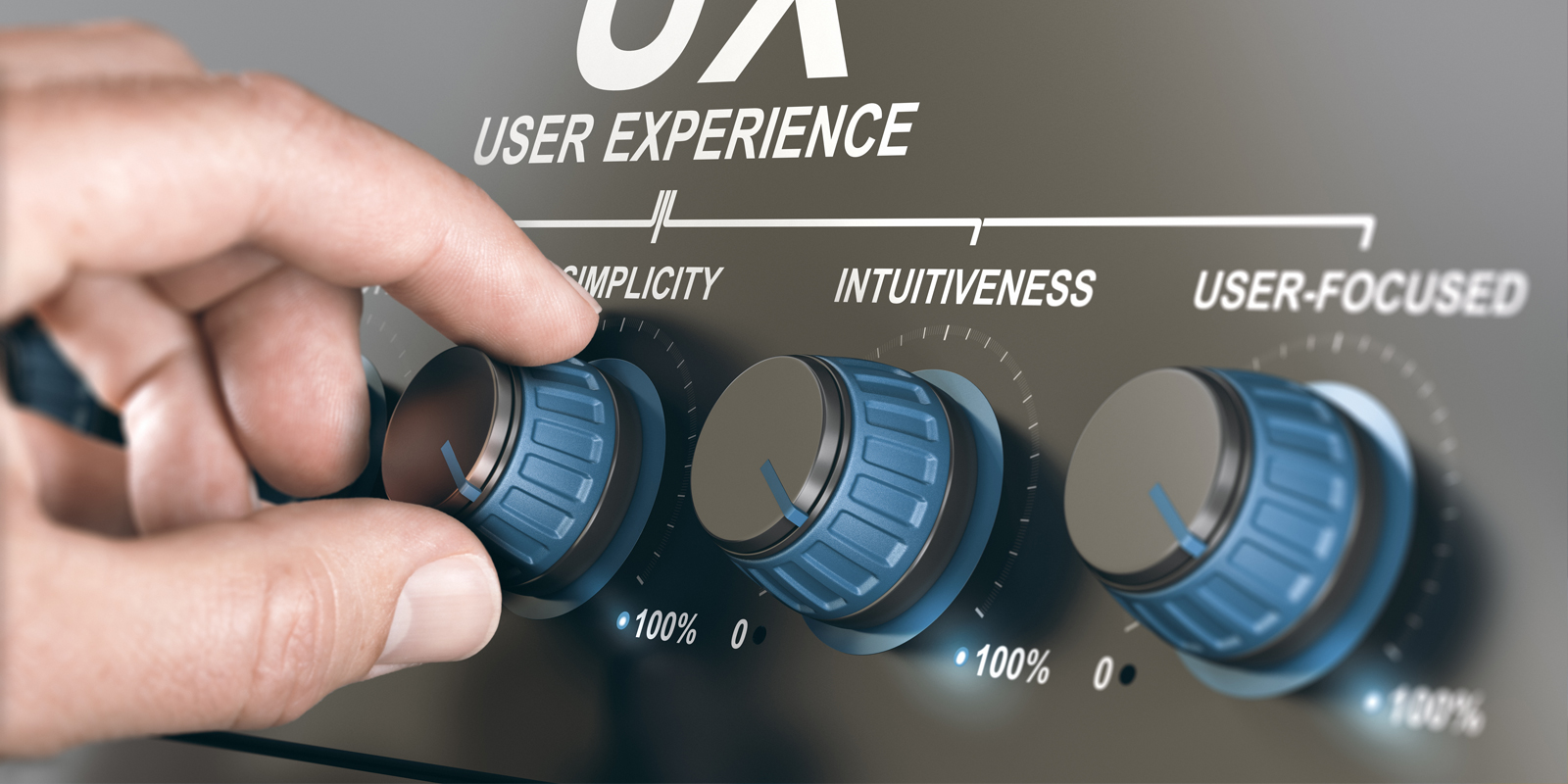We live in the digital age where experience is everything. An audiences experience of a brand must be 3D to enable a product or service to survive and thrive. The usability and aesthetics of a brand should be appealing, refined and intuitive.
To attract, engage and retain users, their needs must be understood, and the product or service you offer must represent an effective response to satisfying that need. Through the development and continuous improvement of a website based on user experience, momentum can be gained to drive clients forward and increase traction.
Delivering relevant and stimulating content is essential. Monitoring the success of posts, cross-pollinated across platforms, will offer valuable insight into what effectively harnesses user engagement. Offering brands the opportunity to evaluate and then improve marketing strategies along with optimising SEO, refining the user experience will directly result in increased uniques and sales.
The payback on improving user experience is directly related to an increase in the number of users of your product or service as well as the volume of sales. People want to feel that they are more than just another opportunity for you to score a like or get them to follow you. Investing in your audience and encouraging feedback and dialogue about your brand, can help you to fine-tune your product. This can enable you to discover where drop-offs occur and sales are missed and the user experience can be better understood. The journey towards an improved website experience is made accessible through feedback and action. Digital glitches, off point branding and poor design features will reflect poorly on a product or service. By monitoring where uniques rise and how audiences might be switched off, appropriate adjustments can be made to ensure user engagement in the long term. Underestimating the potential of your audience can and will result in lost profits.
If a user finds your website or social accounts clunky, unattractive and outdated, this will reflect on your product or service and it risks being perceived as substandard. Each unique offers the opportunity to make a valuable first impression. Missing the opportunity too often is shortsighted. By being imaginative and experimenting with new design and user features, brands can ascertain what appeals to audiences and switches them on or off. The process of refinement is just that, a journey, and if it is well thought through and successful, you will be richly rewarded! Monitoring user experience will offer insight into identifying the scope for development. By using relevant stats and looking for trends in consumer behaviour, brands can help identify, troubleshoot and resolve issues before they become problems. This can also help user retention. Enhancing the user experience strengthens client relationships and maximises profit. It can also facilitate the evolution of market strategies.
Useful apps and functional software options can help grow activity and aid customer retention; Valuable tools such as these can be used to monitor websites and social platforms, observing and tracking audiences behaviour from and gathering useful information by measuring average time spent on posts or pages, how and when conversions are made and the magnitude and potential causation of drop off rates. Fully comprehending all these opportunities and shortfalls can help brands determine when direct contact should be made to help drive a sale or how best to gather feedback from successful sales to help inform successful sale strategies.
The evolution of a brand relies on aligning business goals with customer needs. There is a variety of online software tools which can help us develop an understanding of user experience. The main focus of such software can be divided into three categories, research (social listening, measuring the effectiveness of design changes), design (standardising coding, scrutinising usability) and collaboration (streamlining pairings with stakeholders, investors and guest collaborators). By identifying what users require, interacting with a site and with direct user feedback, the user experience can be significantly enhanced.
Method's most recommended user experience software tools are:
FullStory
This allows brands to search and filter the full customer experience obtained when visiting their website. Helping brands understand and then troubleshoot, capturing page views, mouse movements, and clicks that visitors manoeuvre whilst using a website, customer engagement can be efficiently recorded, analysed, searched and played back via the FullStory platform. User scrolls, page clicks, most clicked areas, error and dead-end sections are captured, relayed conversion and interaction percentages for specific elements along with page analytics, browser usage and engagement trends.
Hotjar
Using advanced features such as heatmaps, conversion funnels, form analysis, recordings, feedback polls, and surveys, Hotjar helps users understand, measure and observe user activity and experience. Hotjar encourages empathetic insight into the human experience of a website. Complimenting data and insights gathered from traditional web analytics tools like Google Analytics, Hotjar works collectively to deliver visual analytics of the activity on a website by tracking visitor movement. Hotjar Session Recordings allow users to watch anonymised visitors scroll and tap across multiple pages to help better understand how site visitors interact with different features and elements on mobile devices.
Crazy Egg
Crazy Egg provides users with live eye-tracking tools such as Heat map, Scroll map, Overlay, and Confetti to track and analyse a website's useability. Facilitating a better understanding of customers' interests, Crazy Egg provides wider insight into user experience by pairing behaviour and feedback data. Helping brands Identify issues and pain points that result in dropping while simultaneously educating users about a page or platform's positive and negative performance aspects. Crazy Egg allows users to investigate issues attached to user experience, going deeper than the standard analytics of software such a Google Analytics.
Regardless of the aesthetics of a site or the literature available to website visitors, if the navigation or useability is not optimised, drop off rates will rise, and profits will fall. Visitors form an opinion on a site in 50 milliseconds, and user experience is all about first impressions. Website visitors won't make an effort to explore an entire site's content before making a quick assessment about investing, so be concise and to the point. Designing and hosting a site that is easy to use and understand will stimulate loyalty in clients and spike visits to your site.





